The world-famous Taj Mahal, the World Heritage Site set by UNESCO, and India‘s favorite monument is to be equipped with a cutting-edge anti-drone system to enhance its security.
This follows heightened tensions in the area and the heightened adoption of drone-based threats and demonstrates the need for stronger protective technologies around sensitive locations. Installation, revealed by a senior official on Sunday, will be aimed at safeguarding the monument and its millions of annual visitors from potential aerial intrusions.

A Response to New Aerial Threats
India’s decision to install an anti-drone system at the Taj Mahal comes after its precision military attack, Operation Sindoor, on May 7, 2025. Nine terror camps in Pakistan and Pakistan-occupied Kashmir were targeted in retaliation against the horrific Pahalgam massacre.
During the war, Pakistan resorted to artillery shell fire, missile strikes, and drones, all of which were effectively countered by the Indian military. These occurrences came into focus with the increasing use of drones in wars and terrorism, prompting authorities to give high priority to advanced countermeasures for strategic sites such as the Taj Mahal.
Assistant Commissioner of Police (Taj Security) Syed Arib Ahmad explained, “An anti-drone system will be deployed at the Taj Mahal complex. The system will have a range of 7-8 km but will be effective principally within a 200-meter radius of the central dome of the monument.” The system employs a “soft kill” method, silently jamming drone signals to render them inoperative without causing physical harm. This non-lethal assault guarantees security without wastefully neutralizing threats.
This “soft kill” methods are the standard of what we are used to see regarding prevention of drone use in multitude of secure locations and No Fly Zones around the world. Those and the little signs with the “Prohibited use of drones here” symbol.

The Taj Mahal, presently protected by the Uttar Pradesh Police and Central Industrial Security Force (CISF), has millions of visitors each year and so its security is a matter of national interest. Its inclusion of the drone neutralization technology is an indicator of a proactive approach in protecting this cultural symbol against evolving threats.
Advanced Technology Based on Global Trends
The drone system that is being deployed at the Taj Mahal reflects global trends in counter-Drone Technology, as seen in recent developments around the globe. For instance, a recent article in DroneXL highlighted how Australian police rewarded DroneShield, the leading counter-drone tech firm, for its innovative solutions.
DroneShield’s products, such as the DroneGun and DroneSentry, have been promoted for their ability to detect and neutralize malicious drones in real-time. While the technology deployed in the Taj Mahal has not been disclosed, it is to be expected that it would resemble similar systems that utilize radio frequency jamming to disrupt drone flight.
Ahmad explained that the Taj Mahal’s network would be supported by a dedicated response team that would know how to operate the technology and trace the origin of any rogue drones. “The team will identify the point of origin of the drone and close the area where it is brought down,” he said, pointing out the multi-pronged strategy of drone threat neutralization. The installation would be done in a matter of days, enabling swift rollout to address possible vulnerabilities.
Enhancing Security for an International Icon
The Taj Mahal, built in the 17th century by Emperor Shah Jahan, is not only a piece of Mughal architecture but also a symbol of India’s cultural and heritage history. Its global fame and high tourist volume—estimated at 6-7 million annually—make it an attractive target for potential security threats.
Placing an anti-drone system is an important step toward modernizing security to keep pace with new technologies.
The ready availability of drones has led to their application in illicit activities from smuggling to spying and even terrorism. In light of their integration with advanced anti-drone technology, the authorities are looking to ensure the safety of visitors and preserve the integrity of the monument.
The initiative is one of a broader series of equipping strategic places across the world from airports to cultural landmarks with counter-drone technology as governments act to meet the threat from unmanned aerial systems.
The installation of the anti-drone system at the Taj Mahal is testimony to India’s commitment to protecting its heritage while embracing new security technologies. Just as drones continue to evolve, so must the counter-measures to their misuse, and India can ensure that such iconic places as the Taj Mahal remain a haven for tourists and symbols of national heritage.
Images courtesy of News Arena India
Discover more from DroneXL.co
Subscribe to get the latest posts sent to your email.




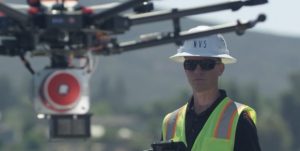
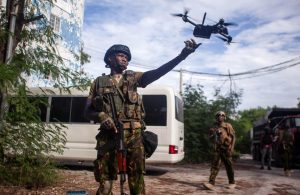


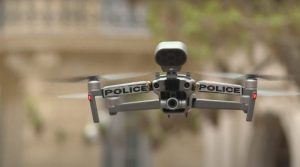
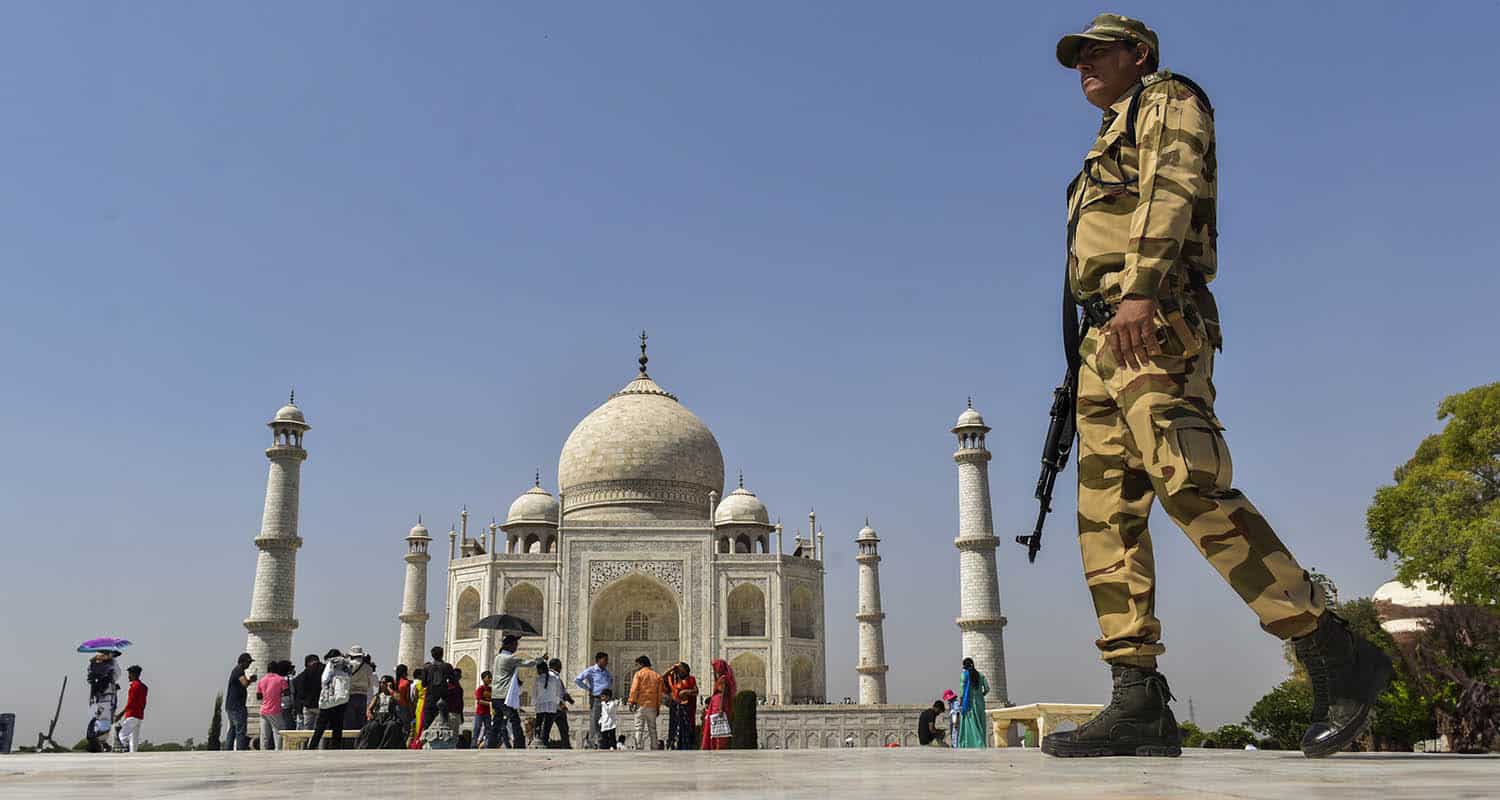
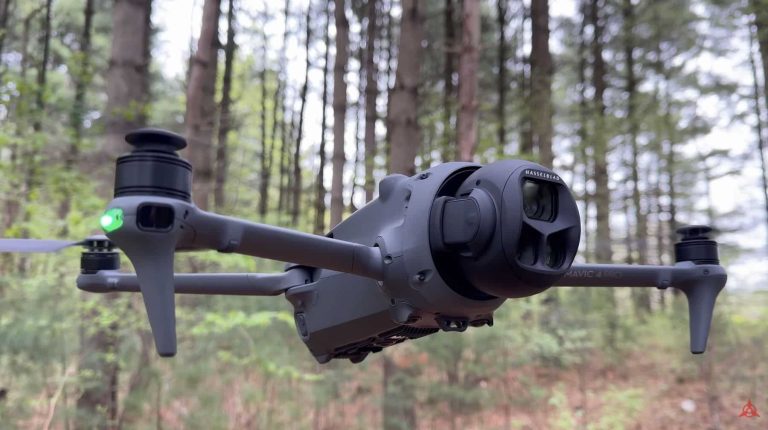
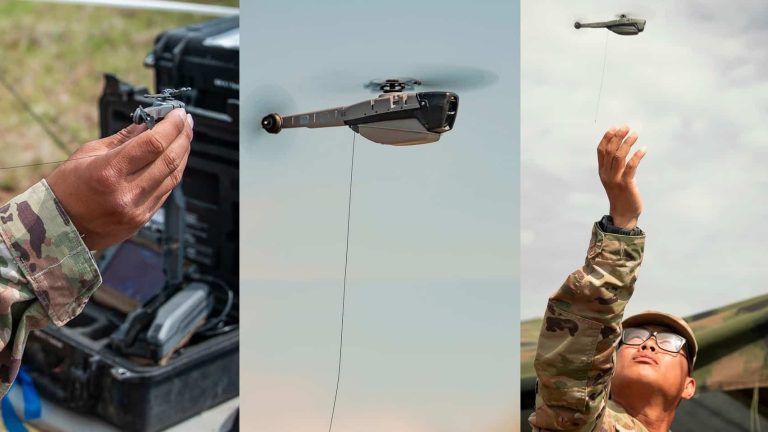
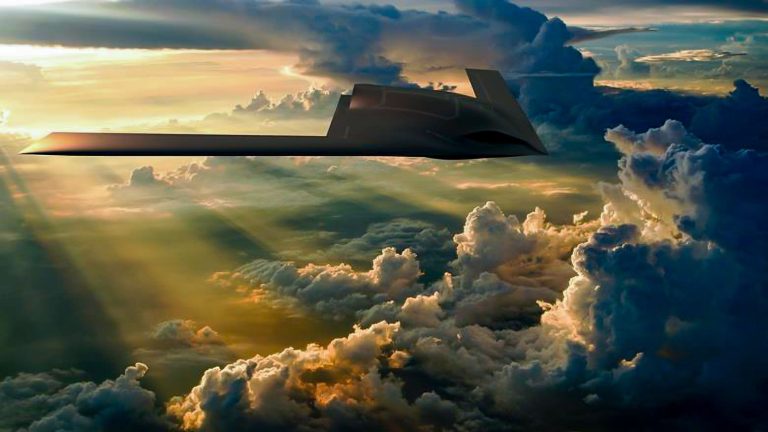
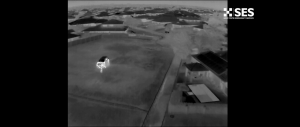

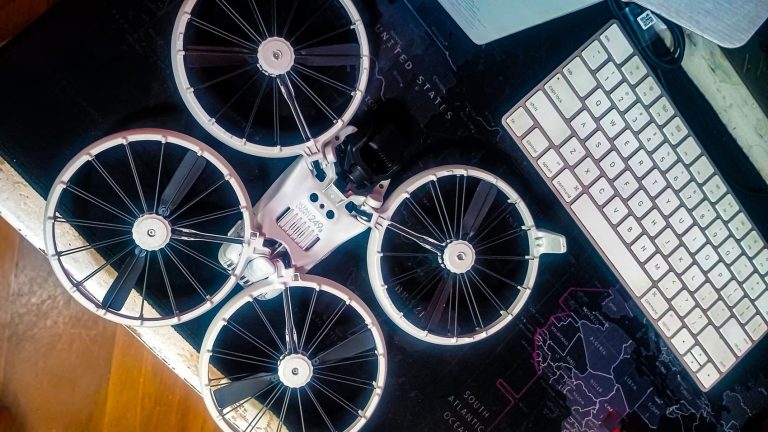
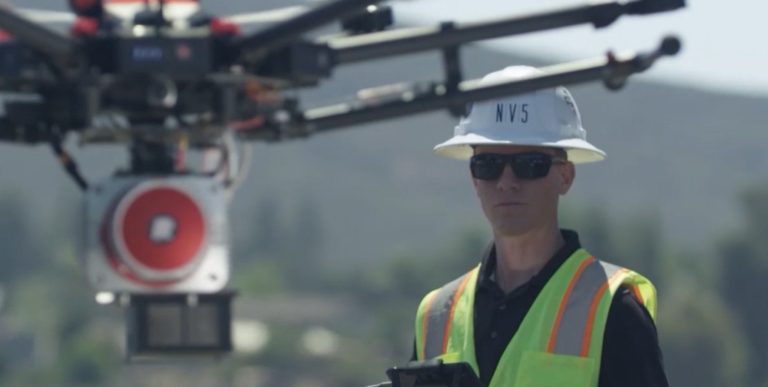

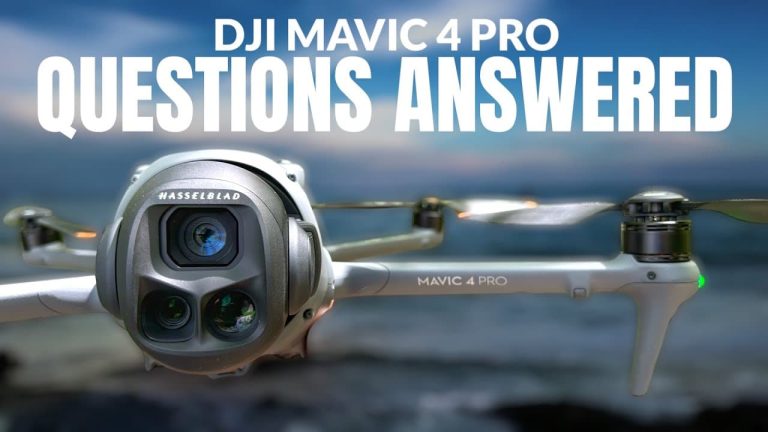

+ There are no comments
Add yours